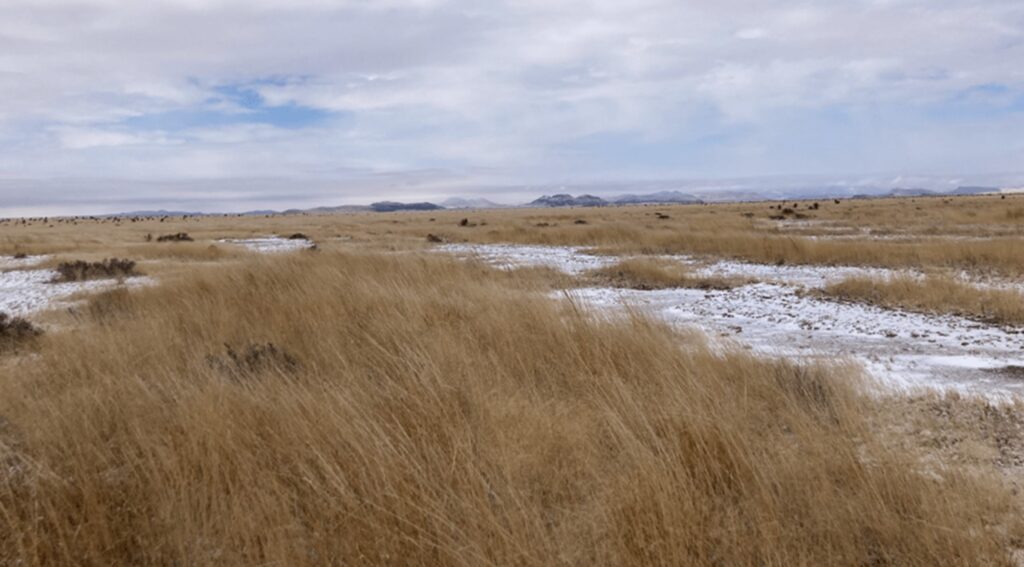Linda Poole
NCAT Regenerative Grazing Specialist
A recent article by Ann Adams in the Holistic Management Newsletter highlights how rest, managed grazing, and seasonlong grazing impacts rangelands of the Dixon Water Foundation's Leo Ranch. They found that in a 10-15" precip zone:
Learn more about Dixon Water Foundation at: https://dixonwater.org/.
Read the whole article at: https://holisticmanagement.org/feat...ing-research-from-the-dixon-water-foundation/.Within semi-arid environments, some bare ground is expected as resources are limited and vegetation often forms in patterns that maximize the partitioning of water. This pattern is referred to as banded vegetation and can be seen around the world. This vegetation pattern, with the naturally occurring presence of bareground, is most likely important for several ground-dwelling grassland bird species that utilize vegetation and seeds for shelter and diet requirements, but need bareground patches to evade predators.
Snow on bare ground highlights the formation of banded vegetation patterns on the Mimms Unit in Marfa, Texas, winter 202
Rotational grazing also allows for a planned grazing approach, which can manage to leave adequate groundcover, including managing for grass height to promote bird habitat or fawning cover for pronghorn. This type of grazing allows for more strategy than a set-stock approach, where the cattle will graze when and where they want within a pasture. Planned grazing also promotes a wider variety of plants, as cattle most likely eliminate certain preferred plants from the continuously grazed system by repeatedly selecting for them.
Learn more about Dixon Water Foundation at: https://dixonwater.org/.




